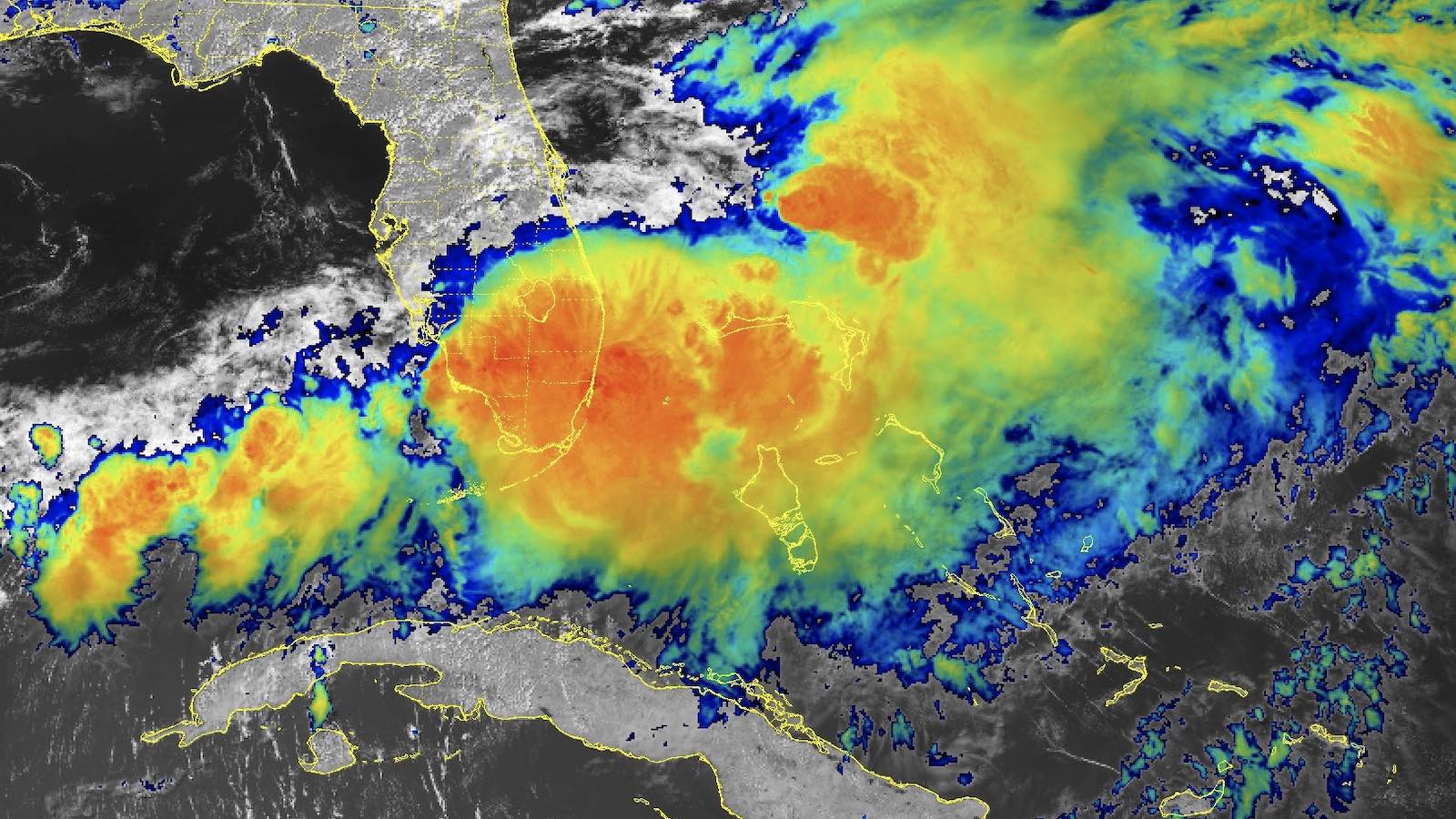
In the Atlantic Ocean, two weather systems are being closely monitored by meteorologists as they show potential for tropical development. The first system, Invest 90L, is currently located over the Florida peninsula and has been producing heavy rainfall in areas such as Sarasota and Bradenton. According to the National Hurricane Center (NHC), there is a possibility that this system could develop into a tropical depression or weak tropical storm once it moves northeastward offshore of the U.S. Southeast coast.
The second system, currently located in the southwestern Gulf of Mexico, has a 20% chance of forming within the next seven days according to NHC's 7-day tropical outlook. This system is expected to move slowly westward or west-northwestward and could bring heavy rainfall to parts of Mexico and Central America.
The Atlantic hurricane season, which officially began on June 1, has been relatively quiet so far with no named storms recorded in either the Atlantic or Eastern Pacific. However, conditions in both bodies of water are favorable for tropical development due to record-warm waters.
In Florida and Mexico, drought conditions persist where heavy rains are expected to fall. This could lead to flooding concerns as the rainfall totals through the end of June 16 may reach multiple feet in parts of extreme southern Mexico, Guatemala, El Salvador, Honduras and western Nicaragua.
The first name on the Atlantic list for this year's hurricane season is Alberto. In contrast, the Eastern Pacific list starts with Aletta.
It is important to note that while these systems show potential for development, they are still in their early stages and forecast models can change. It is crucial to stay informed and follow updates from reliable sources such as the National Hurricane Center.








